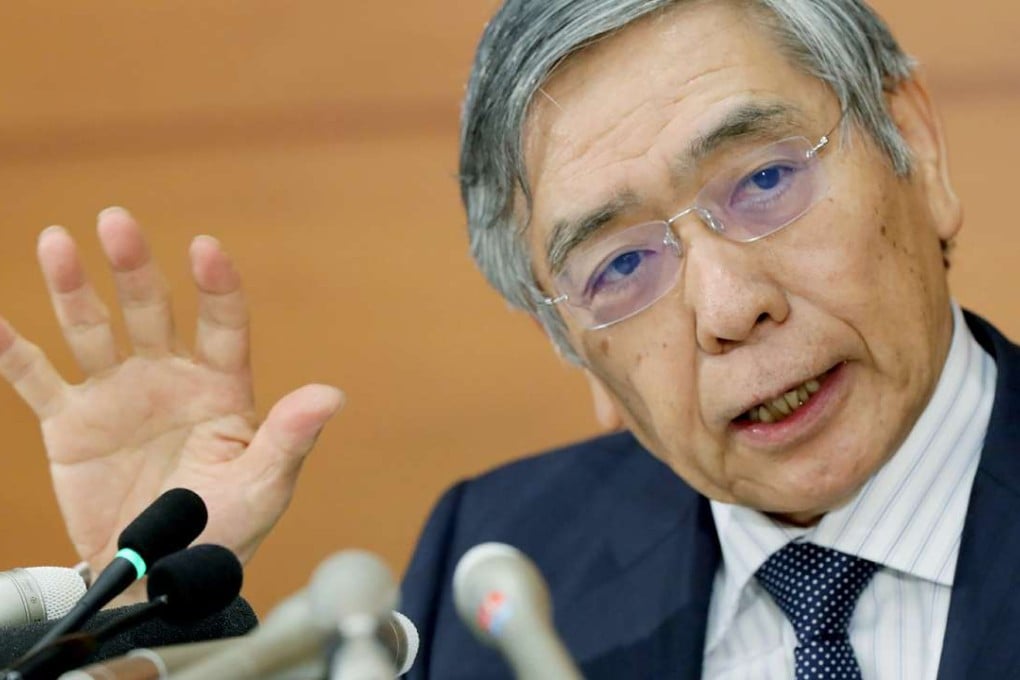Macroscope | The BOJ experiments at the wrong time
The Bank of Japan has entered a new phase that amounts to using instruments of direct monetary control, thereby violating the policy recommendations that advanced countries have repeatedly made to emerging economies

On Wednesday, the once-conservative Bank of Japan delivered an uncharacteristic policy surprise with its plan to target certain interest rates. I suspect that, at this stage, the central bank would have been much better off sticking to something closer to its traditional caution.
Historically, the Bank of Japan hasn’t been at the forefront of experimental monetary policy. This was the case under Masaaki Shirakawa, the prior governor, who resisted being pulled into aggressive innovation and instead tried to shift the burden to other policy-makers with tools better suited to the tasks at hand.
All this changed in March 2013 when Haruhiko Kuroda, the former president of the Asian Development Bank, replaced Shirakawa. Labouring in the shadow of two “lost decades” of growth, worried about the risk of deepening deflation and emboldened by the political popularity of Prime Minister Shinzo Abe, Kuroda has embarked on a programme of aggressive policy innovations. Unfortunately, the results have fallen short of expectations.
Rather than stepping back while completing a full assessment of the effectiveness of its earlier policy initiatives, the central bank went even further this week. Its new measures include committing to a specific interest-rate level for the 10-year government bond. In the process, it is doing the once-unlikely, if not unthinkable: using instruments of direct monetary control, thereby violating the policy recommendations that advanced countries have repeatedly made to emerging economies.
To its credit, the BOJ has demonstrated that its tool set isn’t empty. But this isn’t the key question. Rather, it is whether the central bank can regain policy effectiveness. And here, the initial signs are far from encouraging.
